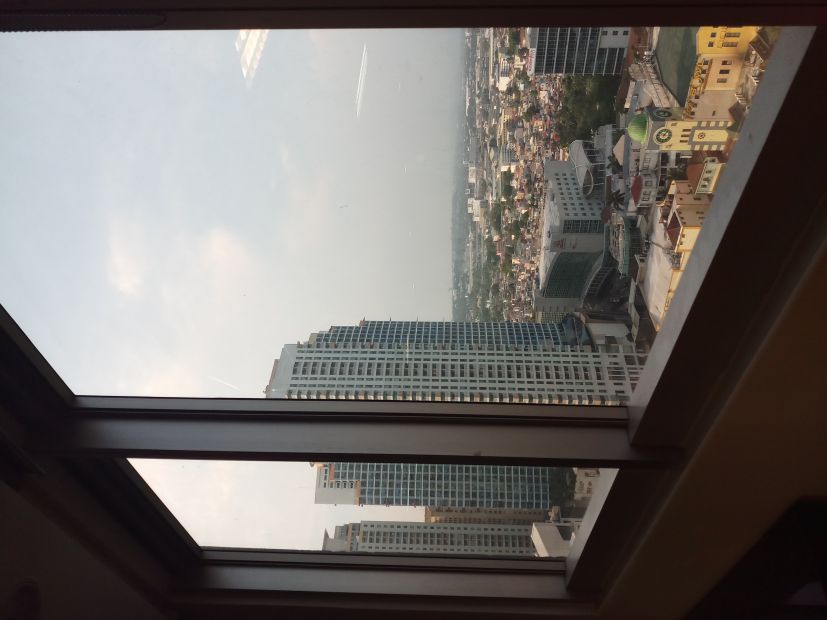
Decreased productivity, with one in three workers saying the distractions, noise, and general sensory overload in open workspaces slows them down. Decreased privacy, which 31% of workers say causes them to hold back their genuine opinions and thoughts while on the phone because they don’t want colleagues to hear. Open office spaces have been shown to lead to: Open office spaces cause workers to retreat and create boundaries within themselves.Ī recent Forbes article breaks down the recent literature on the effect of open office structures, and it’s certainly not what business leadership had hoped for. But instead of breaking down barriers between “us versus them,” the research shows that the lack of spatial boundaries causes individuals to withdraw and recreate these walls within themselves. Open office space was designed initially to increase leadership skills by improving collaboration and team building. The study noted, “In short, rather than prompting increasingly vibrant face-to-face collaboration, open architecture appeared to trigger a natural human response to socially withdraw from officemates and interact instead over email and IM.” A 2018 study published by The Royal Society showed that open architectures increased digital interactions but decreased worker’s face-to-face interactions. There’s a growing pile of evidence suggesting that the architectures designed to increase our transparency are actually shutting down our productivity. 
From enterprise organizations remaking their outdated cubicle areas to start-ups funding modern open-air new build designs, companies have jumped on the open floor plan as the best way to attract and retain workers while increasing their productivity.īut here is the problem it isn’t working.

Over the past decade, one of the most replicated workplace initiatives targeting these goals has been to remake outdated offices into new and more open floor plans. Instead, these offices appear to have caused more harm than good as studies have shown the open floor plan has the opposite effect, lowering productivity and employee morale.īusiness leadership is frequently tasked with finding new ways to boost office productivity by increasing team collaboration and camaraderie. This is disheartening news for companies that spent billions on modernizing their offices for what they perceive would increase collaboration and communication. Attention business leadership: Open office space is killing worker productivity.






 0 kommentar(er)
0 kommentar(er)
